This post may be sponsored or contain affiliate links. All opinions remain our own.(Full disclosure)

There is an overwhelming number of options for those looking for the most effective ways to lose significant amounts of weight.
From crazy exercise routines to diet fads, a variety of solutions are available. Among others, one that can prove to be promising would be a ketogenic diet.
In the purest form, it is a low carb high-fat dieting lifestyle that urges the body to go into ketosis.
Ketosis itself is a form of body process to generate energy from ketones.
These chemicals, however, are produced when our body does not store enough carb to make energy for our body, so fat is used to replace it.
Yet, some people seem to have thought that ketosis is a negative state of our body and wonder how ketosis can increase fat burning?
Well, in fact, ketosis can be a very effective way to burn fat. Hence, several people think about taking this ketogenic diet as a fat burning program to use maximally energy produced by fat.
If you have an interest in a ketogenic diet to help weight management, then this is how it works and how to do it.
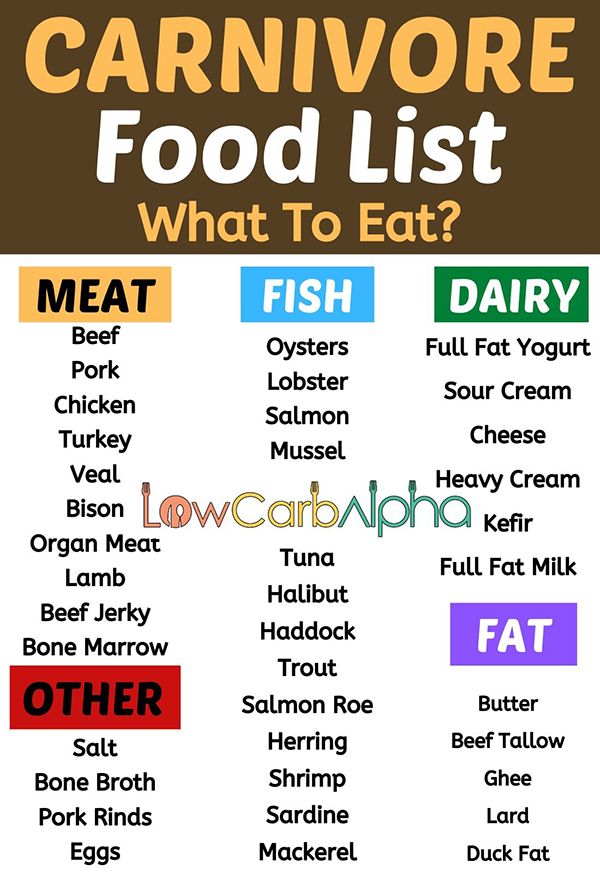
How Does The Ketogenic Diet Work?
When you restrict sugars and high carb foods, you build up ketone molecules in your bloodstream. You stop burning glucose and essentially carbohydrates as fuels and switch to burn ketone fats for energy.
The metabolic change is expected to happen as your body always prefers ketones over glucose. Its energy is a much cleaner fuel source and one that will be responsible for getting rid of excess belly fat.
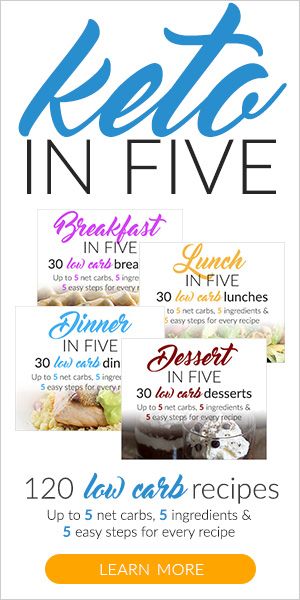
Benefits of a Ketogenic Diet
Aside from being an effective way to lose weight, a ketogenic diet has also been popular for its benefits for various health conditions.
One of the best things about the ketone diet is that it dampens the appetite. It will make you feel fuller for an extended period of time.
Eating moderate protein and high-fat food minimize the tendency to crave. It can also reduce food fixations and hypoglycemia.
Since it is a low-carb diet, you can also expect a drop in cholesterol and lower blood pressure.
A ketogenic diet has the ability to provide more energy, improve sleep patterns, and reduce stiffness and joint pains.
Studies show it is helpful in the treatment of childhood epilepsy.(1) It is also helpful in the prevention of diabetes, cancer, and neurological diseases such as Alzheimer’s.(2)(3)
High-fat diets are also beneficial to reduce greatly blood sugar and insulin levels.(4)(5)

How to Follow the Ketogenic Diet
As mentioned earlier, you force the body to go into ketosis through consuming a nutrition plan low in carbs and high in fats (LCHF).
But, keep it in your mind that the amount of your daily net carb intake must be between 20 and 50 grams per day.
Adjust the exact number of carbs to suit your lifestyle, health, and activity levels. Just try to keep within the standard range for a ketogenic diet.
You should also eat enough salt to help flush out the toxins in the body. Your food intake should include grass-fed meat, healthy fats, non-starchy vegetables, and fruits.
Look to get your fats mainly from animal fats and food as opposed to oils and butter.
Although topping fresh steamed vegetables with grass-fed butter is just as healthy and wouldn’t worry about it too much.
For other foods to help you achieve ketosis check out our keto diet food pyramid.
Increase Fat Burning during Ketosis
If eating under 50g net carbs seems like too much too soon, try taking a slow approach. Reduce your carb intake for around five days before refeeding and modifying it to 100g to 200g for two days.
You could choose to practice low carb Monday to Friday then use the weekend as a carb-loading phase. It rewards you for religiously following a keto-based nutrition plan during the week.
Any weight gain during refeeding is mainly water weight and disappear once low carb eating begins again.
Just getting started, and participating in any strenuous exercise, is even better.
One way how to speed up the fat loss on keto is a variation such as a cyclical ketogenic diet. It is also known as carb cycling, and believe me, you are going to manipulate your body’s way of fat burning.
It practices periods of high or medium carbohydrate consumption before workouts.
You begin the phase by taking half or even all of the amount of your daily carb intake before starting your activities, preferably in the morning or workout.
It allows your body to burn the carbs efficiently. Consequently, for the rest of the day, your body would try to burn fat as an energy source. You maximize weight loss potential by getting your body to consume all available carbs during exercise.
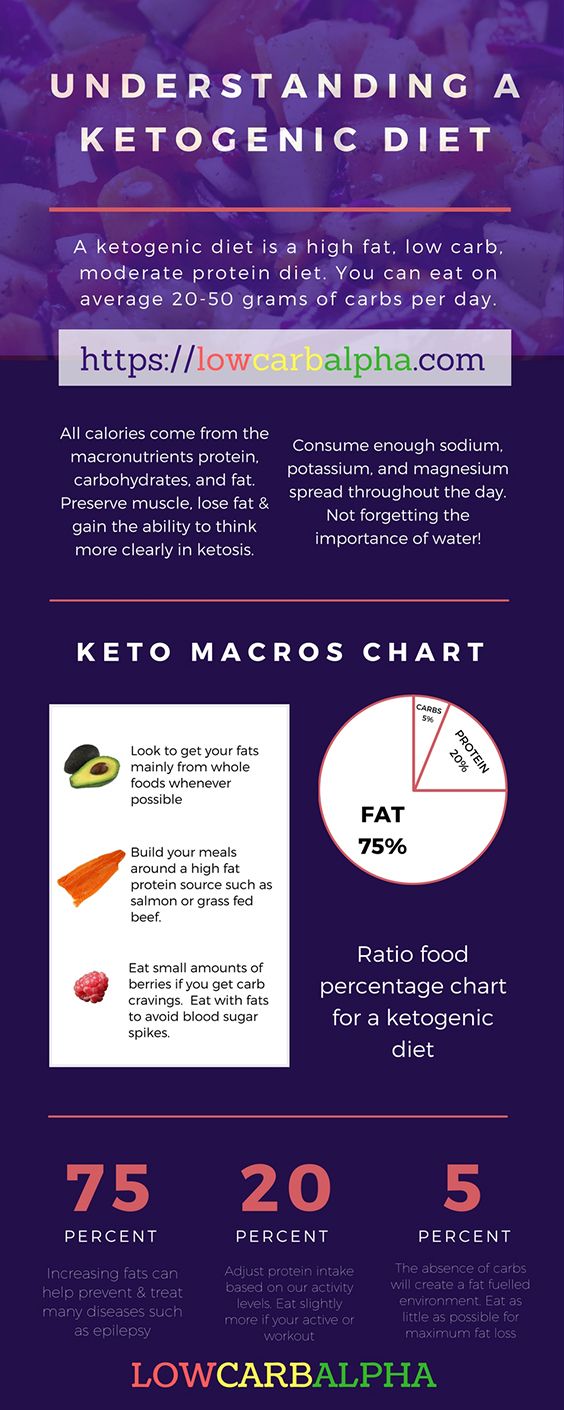
Maximize Fat Burning on Keto
If you are on the fat-burning program and not seeing results, then try to limit your workouts to a one-hour session.
If you exercise for longer than this period, you could increase cortisol production, which may potentially slow down fat burning.
Cardio workouts are essential to reduce belly fat. The higher the intensity, the better. Exercises such as HIIT, running, or weightlifting to get the heart rate up.
The good news is you don’t need to do high-intensity training for hours on end. Just 30 minutes or less every other day is what it takes to get started.
Increasing to 1-hour exercise 5 days a week may seem a lot, but by incorporating into your day and making it a habit, it becomes second nature.
Even if you don’t attend a gym, you can begin by doing exercises at home. Put on your favorite music and set yourself a fitness goal to achieve.
For example, try doing 20 press-ups, 20 body squats, 20 sit-ups, 20 burpees, and repeat 2-3 times. You will be exhausted after 15-30 minutes, no doubt about it.
The bottom line is to build on the little things gradually and increase intensity and duration over time.
If you want to speed up the fat loss in ketosis, it requires much focus, hard work, and dedication. It’s up to you to make it happen.
How to Speed up Ketosis with Supplements
If you plan on working out intensely and maximizing weight loss on keto, then caffeine will be especially helpful. Caffeine accelerates fat loss, boost ketosis, and gym performance.
If you don’t drink coffee or even if you do, a caffeinated supplement such as pre-workout or fat-burner is quick and easy to take. It is convenient to carry around and take when necessary to boost fat burning.
Branch Chain Amino Acids or BCAAs are amino acids supplement which is aimed maximally to burn fat in your body rather than muscles and to use them for energy.
When exercising in ketosis, you can consume BCAAs for 2 to 5 grams every two or three hours, before and after doing exercises.
Or, you can also consume MCT Oil (Medium-Chain Triglyceride Oil) which is a by-product of coconut oil used immediately for energy by our body.
Its thermogenic characteristic makes fat burning in our body perform more maximally. One tbs of it before and after exercise every two or three hours is fine.

A Word of Caution Following a Keto Diet
While the ketogenic diet has delivered impressive fat burning results for most people, inevitably, there are also adverse effects if done carelessly.
People with medical conditions such as type 1 diabetes must take precautions with keto dieting. Dangerously high levels of ketones may lead to ketoacidosis and are potentially fatal for those who have diabetes.
Be sure to monitor ketone levels with a blood ketone testing kit if you are diabetic.
Those with contraindicated metabolic conditions may want to refrain from following the ketogenic diet.
Additionally, those with pancreatic, impaired liver, abdominal tumors, kidney failure, pregnant and lactating moms, and those with nutritional deficiencies should consult with a doctor before beginning the ketogenic diet.
We hope you have improved your understanding of low carb and keto diets and can begin implementing it to maximize belly fat reduction.



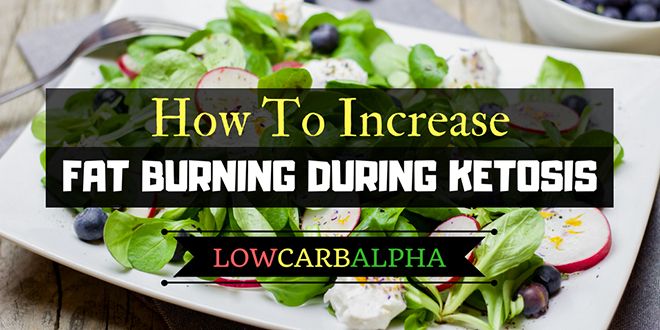


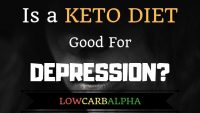

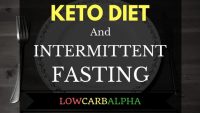

Increasing salt intake doesn’t promote the flushing of toxins from the body. The point of consuming salt while on keto, but especially while fasting, is to replace minerals that get flushed with the increased consumption of fluids – mainly water. This in turn keeps electrolytes at appropriate levels and as a result makes the dieter not feel crappy.